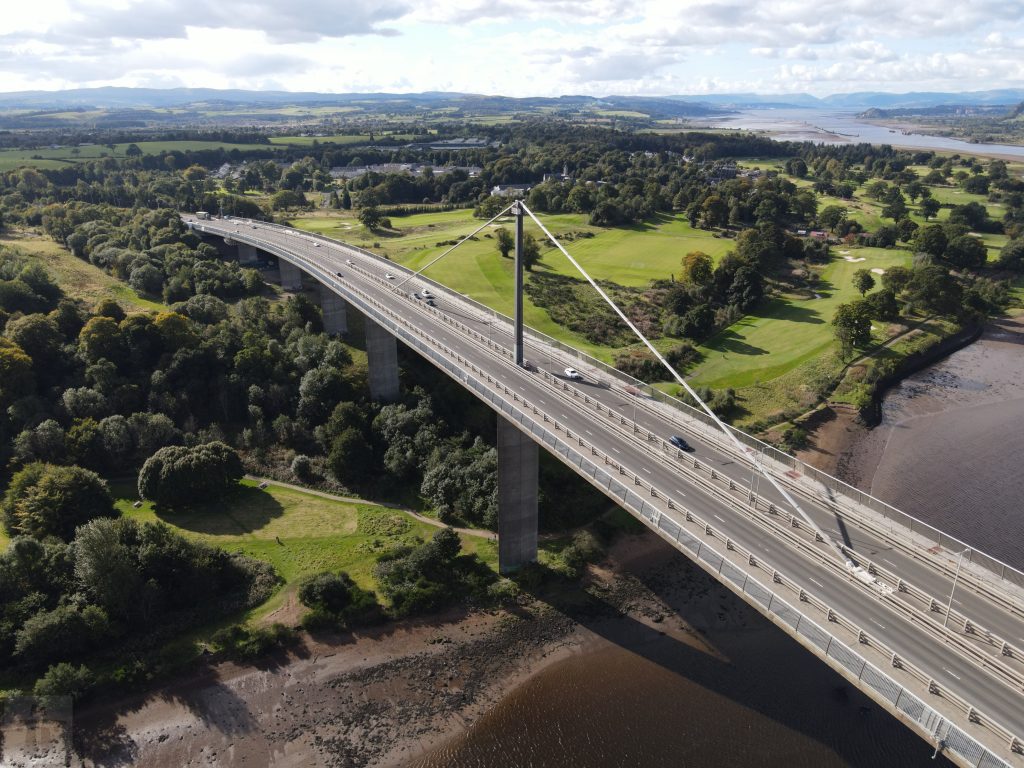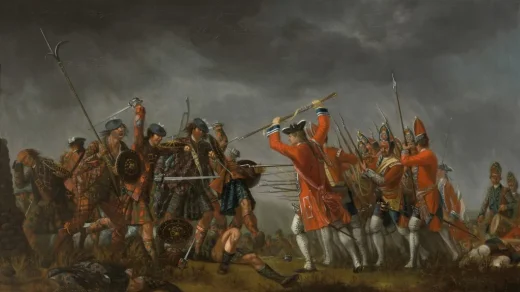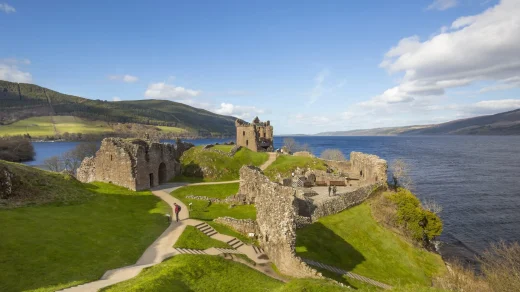Erskine (/ˈɜːrskɪn/ Scots: Erskin, Scottish Gaelic: Arasgain) is a town in the council area of Renfrewshire, and historic county of the same name, situated in the West Central Lowlands of Scotland. It lies on the southern bank of the River Clyde, providing the lowest crossing to the north bank of the river at the Erskine Bridge, connecting the town to Old Kilpatrick in West Dunbartonshire. Erskine is a commuter town at the western extent of the Greater Glasgow conurbation, bordering Bishopton to the west and Renfrew, Inchinnan, Paisley and Glasgow Airport to the south. Originally a small village settlement, the town has expanded since the 1960s as the site of development as an overspill town, boosting the population to over 15,000. In 2014, it was rated one of the most attractive postcode areas to live in Scotland.
History.

Archaeological evidence states that agricultural activity took place within the area as far back as 3000 BC and it has been inhabited by humans since 1000 BC. The first recorded mention of Erskine is at the confirmation of the church of Erskine in 1207 by Florentius, Bishop of Glasgow. The land around the town was first part of the estate of Henry de Erskine in the 13th century. Sir John Hamilton of Orbiston held the estate in the 17th century until 1703 when it was acquired by the Lords Blantyre. By 1782 there were twelve houses and a church in Erskine. A new church was then built which is still in use today. An influx of workmen moved to the area during 1836-41 due to the construction of the Inverclyde railway line. In 1900 it passed into the ownership of William Arthur Baird, who inherited it from his grandfather, Charles Stuart, 12th Lord Blantyre.
In the late 18th century, the town of Erskine was a hamlet. During this time, stone quays were constructed to support the Erskine Ferry to Old Kilpatrick and Dunbartonshire. This replaced the river ford which had been in place since medieval times. In light of increased industry and infrastructure in the surrounding area, it gradually became a village in the following century. The small church community grew to having 3,000 residents in 1961, when Renfrewshire County Council unveiled its “New Community” plan for the town’s development which involved the Scottish Special Housing Association.
The development began in 1971 with the building of both privately owned and rented accommodation which boosted the town’s population by around 10,000. Having established itself as a thriving commuter town, the 1990s saw the building of larger and more expensive housing, aimed at more affluent property buyers. Due to apprehension about further expansion of the town, several proposals for further large housing developments have been rejected. This is largely because the town has only one secondary school.



